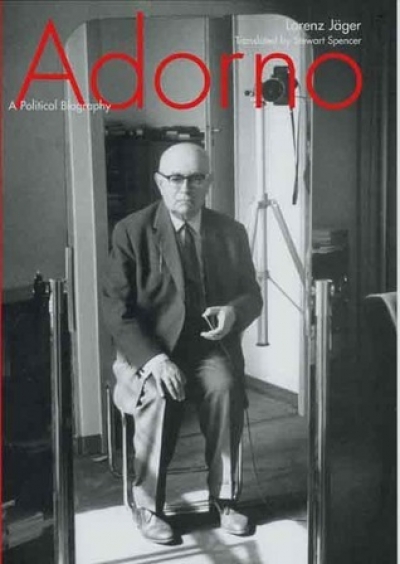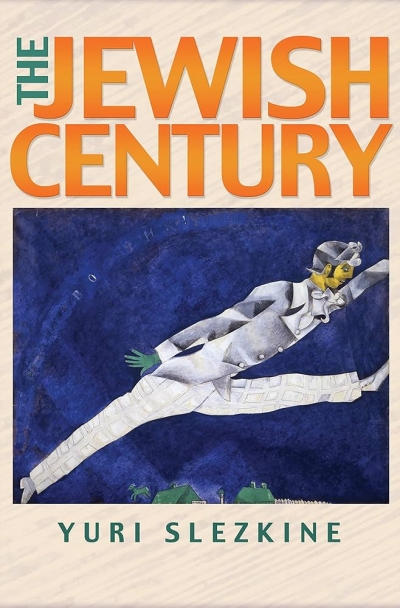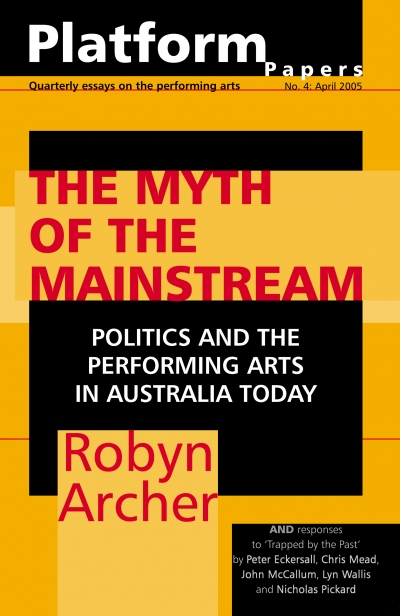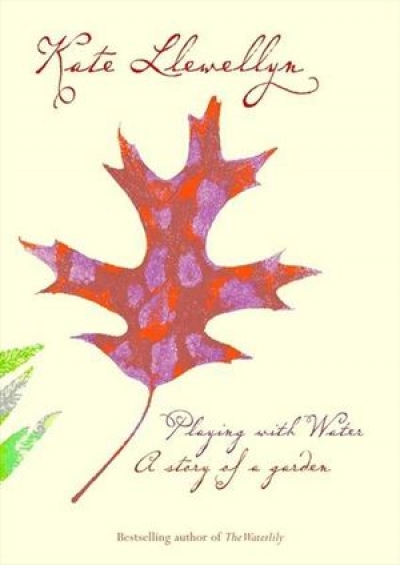Archive
Batman in the Bulletin: The Melbourne I remember by Keith Dunstan
Adorno by Lorenz Jaeger (translated by Stewart Spencer) & The Cambridge Companion to Critical Theory edited by Fred Rush
Platform Papers No. 4: by Robyn Archer & The Woman I Am by Helen Reddy
A review of Hannie Rayson’s Two Brothers, first performed by the Melbourne Theatre Company in April 2005. The Sydney Theatre Company is presenting the same production at the Drama Theatre, Sydney Opera House, until July 2. It then moves to Canberra’s Playhouse (July 14 to 23).
Not so long ago, Melbourne theatre-goers would say of Sydney audiences, ‘If it moves, they’ll clap it.’ These days, it would seem, Melbourne is the new Sydney. No snobbish snipes at the northerners’ perceived lack of sophistication will wash any longer; such parochial bigotries have been found out. No extensive cultural investigation was required to expose the hypocrisy. A visit to the Melbourne Theatre Company’s recent production of Hannie Rayson’s latest play, Two Brothers, would do. As dud joke followed dud joke, the evidence mounted. As one preposterous scenario begat another in a genre-jumble of farce (though not intended to be farce, I fear) and political thriller (or lame attempt at it), Sydney took on a cultural loftiness I’d never noticed before – and I grew up there and admit to lowbrow parentage. When, at the end of Two Brothers, the audience cheered and applauded, there could be no doubt: the play moved, and they clapped it.
... (read more)Tales Of Two Hemispheres: Boyer Lectures 2004 by Peter Conrad
The late Susan Sontag suggested that the photograph ‘offers a modern counterpart of that characteristically romantic architectural genre, the artificial ruin: the ruin which is created in order to deepen the historical character of a landscape, to make nature suggestive, suggestive of the past’. On viewing the retrospective exhibition Bill Henson: Three Decades of Photography, which was organised by the Art Gallery of New South Wales and is now at The Ian Potter Centre: National Gallery of Victoria Australia (NGVA), this familiar idea of the photograph as memento mori struck me as peculiarly apposite. Although the experience of Henson’s photographs is not quite the eighteenth-century one of sighing over ruins, the tone of the exhibition is distinctly melancholic, something like a syncopated elegy in pictures.
... (read more)Imagining Australia: Literature and culture in the new new world edited by Judith Ryan and Chris Wallace-Crabbe
ABR welcomes letters from our readers. Correspondents should note that letters may be edited. Letters and emails must reach us by the middle of the current month, and must include a telephone number for verification.
... (read more)







